Description and cultivation of the "Blue Dragon" violet variety
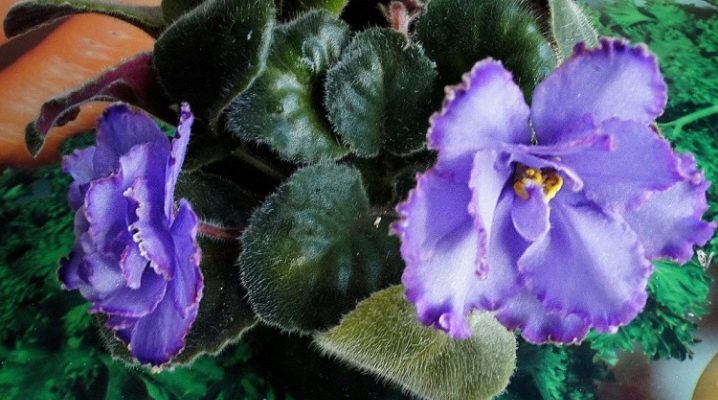
Saintpaulia is a beautiful name for a genus of flowering ornamental plants belonging to the Gesneriaceae family, also known as the Usambara violet. In nature, it grows in the highlands of East Africa, and has nothing to do with violets. However, the grown houses of Saintpaulia are commonly referred to as violets. The blue dragon is the most sought after plant of these.
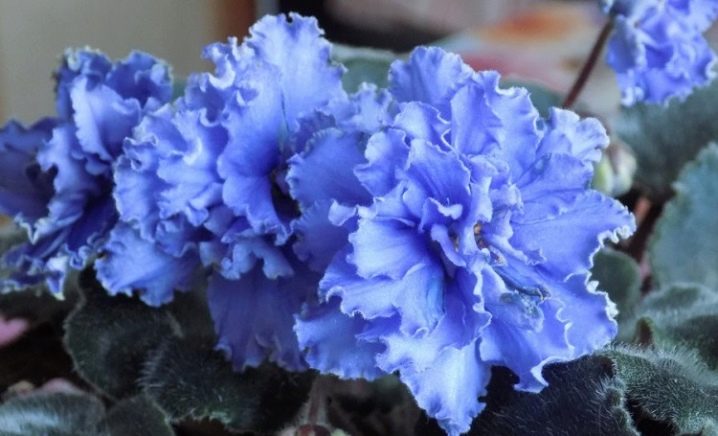
Variety history and description
Violet Dragon Blue is the creation of American breeder Lyndon Lyon. The variety is named after the eastern dragon, a symbol of wisdom, power and blessed life-giving rain. Lyndon Lyon in 2005 for the first time managed to bring out terry violets, and later also star-shaped varieties with flowers in blue shades of complex tones. Before that, only purple flowers existed in nature. Large flowers (8-9 cm) of star-shaped form also distinguish Blue Dragon violets from other violets.
The framing of large strong flowers with a golden-green border looks unusual in the variety. But contrasting edging appears only in cool weather. In the heat, it may not be at all.
Hot air tends to cause pale spots on flowers. At the next flowering, the appearance of the petals is normalized.
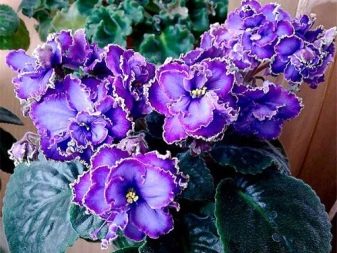
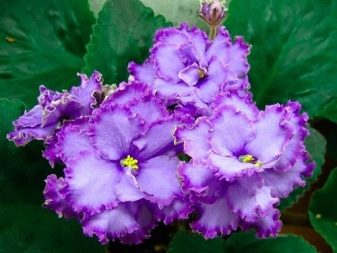
Proper plant care ensures abundant flowering. Reviews of some gardeners say that one bush of this variety gives up to 50 beautiful flowers with red-purple terry edging. Each peduncle has an inflorescence up to 7 cm in size, consisting of 3-5 flowers. Their hue ranges from deep blue to deep purple or blue.
The violet has a peculiarity: after the buds with a dark blue center appear, the leaves may curl a little. This is considered the norm. As soon as the flowers appear, they become even again. The leaves are dark green in color, with a reddish tint on the back. The leaf blades are located horizontally, with slight notches at their edges.
The plant forms a large rosette. In some cases, it reaches 45 cm. Space is important for this variety of violets: adjacent pots on the windowsill should not be located in cramped quarters, otherwise a capricious flower will begin to raise or even drop leaves.
If the plant is on a windowsill, the foliage should not be pressed against the glass. The "blue dragon" is not distinguished by its rapid growth, and sometimes even "falls asleep", as if stopping development.
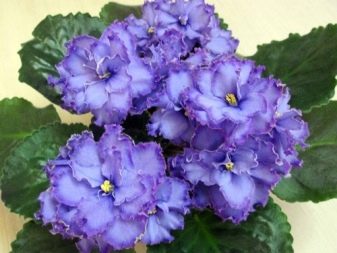

Growing
For luxurious flowering and the formation of a beautiful rosette, it is enough for a violet to choose the right pot and suitable soil, adjust watering and, as necessary, introduce fertilizers. Humidity and temperature are of minor importance, although Blue Dragon thrives best in moderate cool conditions. High temperatures can deprive the plant of its aesthetic appearance: the flowers become smaller, the petioles take on an unnaturally elongated shape, and the leaves are brown.
Adequate ventilation can be used to compensate for the heat in the room.

Priming
It is advisable to mix the nutrient soil for Saintpaulia yourself. You will need:
- leafy land;
- river sand;
- peat;
- charcoal.
You can buy a ready-to-use mixture suitable for violets at a specialty store. The soil must be kept moist and loosened. In this case, the substrate can be heterogeneous in composition, depending on the method of irrigation preferred by the florist.Top irrigation assumes 2 parts of high-moor peat and 2 parts of perlite, or their ratio is 3X1. For wick irrigation, mix peat with perlite in a 1X1 ratio.
To prevent fungal diseases and prevent mold on the soil, it is better to add crushed activated carbon or sphagnum moss, which is a natural antiseptic, to the soil.
If the peat is inhabited by fungal spores or pests, it must be warmed up in the microwave, steamed in a water bath, or poured with liquid "Fitosporin" (the water should be slightly colored).
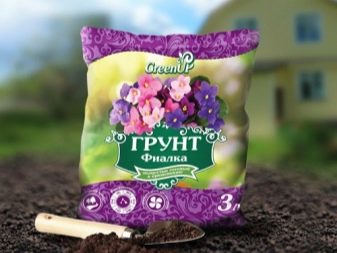
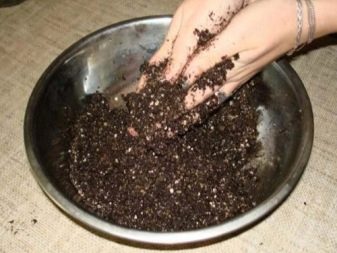
Pot
Violet grows comfortably in low capacity, as it has a superficial extensive root system. The diameter of the planting pot should be less than 5 cm for young violets, 2 cm more after the emergence of young leaves and up to 9 cm for mature plants. The smallest representatives of the "Blue Dragon" are planted in containers up to 4 cm in diameter. Be sure to make drainage holes at the bottom of the pot so that excess water is discharged into the pan. Otherwise, the roots of the violet will soon rot and the flower will die.
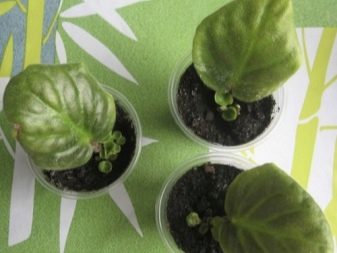
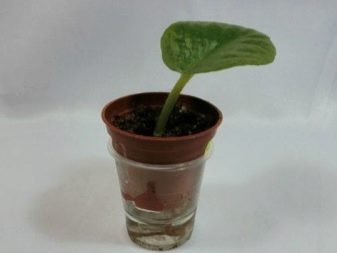
Lighting
Budding is possible only with sufficient illumination. Violet needs 10-14 hours of daylight hours, so in winter you need additional lighting. For its organization, fluorescent or LED lamps are suitable. Growers and violet collectors use a second, more practical option. In addition, LEDs affect the temperature rise around the plants.
For growing "Blue Dragon" on the windowsill, the western or eastern side is more suitable. The sun on the south side in the summer heat can provoke burns on the surface of the leaves. If it is not possible to move the flower to a more suitable place, you should try to shade it. To do this, a reflective film is glued to the glass, and in extreme cases - plain paper or newspaper.
On the north side, Saintpaulia, on the other hand, needs additional lighting.
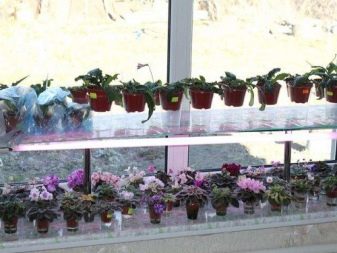
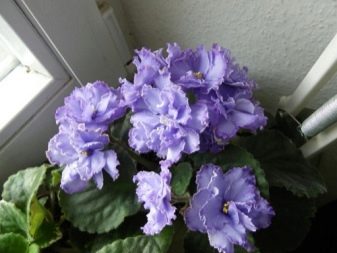
Temperature and humidity
The optimum temperature for the Blue Dragon violet is + 18– + 24 ° С. In the winter season, it should not be lower than 10 ° C. And also you need to protect the plant from drafts. For a lush flowering, it is important to keep the humidity moderate. Dryness in the air is a reason to place the pot on a pallet with moistened pebbles or peat. It is also worth carefully sprinkling the violet with water, making sure that no drops fall on the leaves.
You can do such a shower at any time except for the flowering period: otherwise, you can harm the inflorescences.
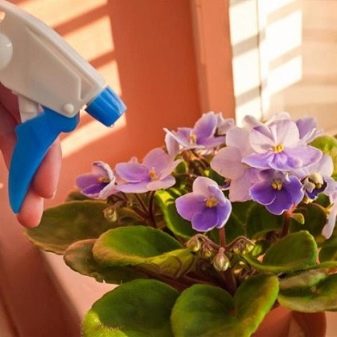
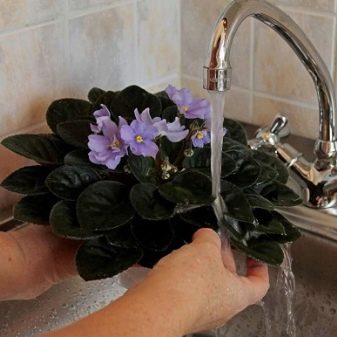
Reproduction and planting
The plant is propagated in the spring with:
- petioles;
- daughter sockets;
- leaves.
Young leaves are preliminarily removed from the petioles. There are 2 ways to germinate them.
- Place in a container of water and wait for the appearance of young roots. Then the petioles are planted in soil with good drainage.
- In bowls with mixed soil under a plastic bag with ventilation holes.
The option with transplanting with daughter outlets is the most time consuming, therefore it is rarely used. Reproduction by leaves is similar to the petiole method. As a rule, a sheet gives 1–2 children.
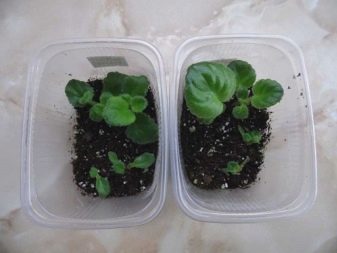

Care
As is the case with many other violets, the quality of its care affects the splendor and flowering period.
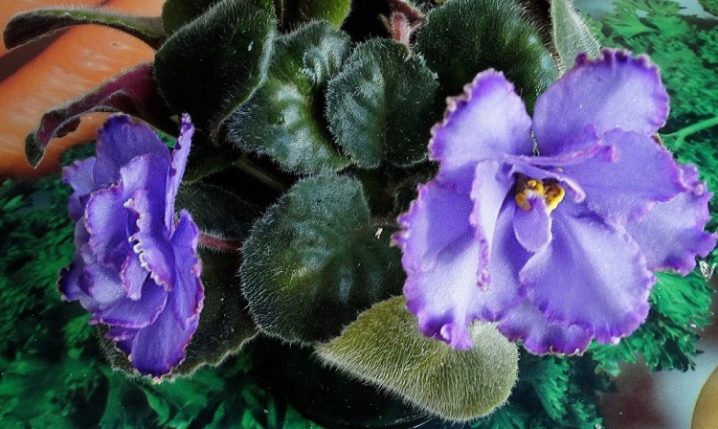
Watering
Violet always reacts to soil flooding, and the consequences of such an oversight appear only after a few days. Excessive watering is especially dangerous in the heat: plants instantly die from bacteriosis. You can avoid mistakes in watering by observing some rules.
- The water should be warm or at room temperature, separated for several days or filtered (reverse osmosis).
- The water should be soft. If it is too tough, add 1⁄2 teaspoon to it. oxalic acid per 5-6 liters of water.
- There should be no water left in the pan (overhead irrigation).
- The water should not be in contact with the root system for a long time (wick irrigation).
- Drainage is required at the bottom of the pot, preferably from small pieces of foam.
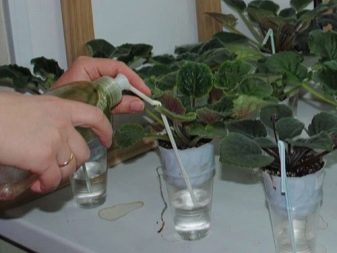
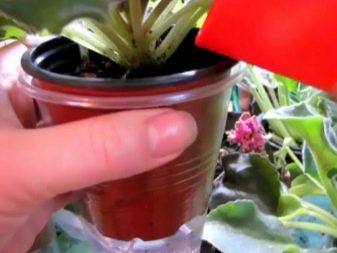
Fertilizing and feeding
A large rosette of the "Blue Dragon" needs abundant feeding. Fertilizing helps the plant grow full roots and good leaves. When starving, the violet instantly changes its appearance: leaf plates fade, the quality of flowering decreases. Complex mineral fertilizers are introduced from a ratio of 1 g per 1 liter of water. Then the soil is watered.
Top dressing is needed a month after the plant is transplanted. You can fertilize with Kemira Lux, Peters or Royal Mix, as well as other formulations intended for Saintpaulias. It is better to do the dosage 2 times less than recommended by the instructions, and feed the Blue Dragon more often.
Be sure to fertilize the plant in moist soil so as not to burn the roots.
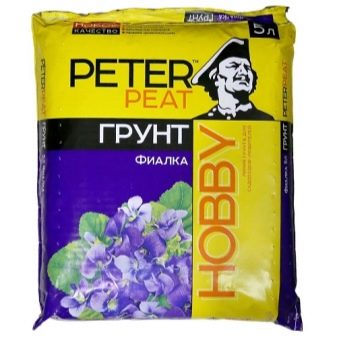
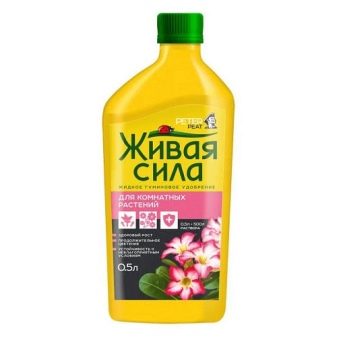
For information on how to grow a violet from a leaf, see the video below.































The comment was sent successfully.